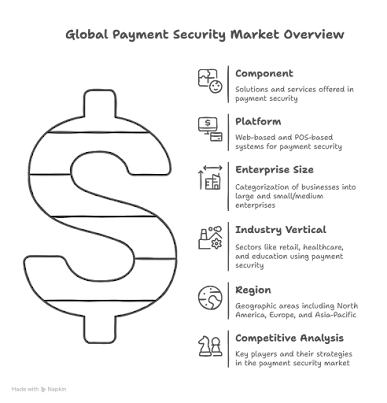Personal loans have become an essential financial tool for individuals seeking quick access to funds for various needs such as managing emergencies, consolidating debt, or funding major life events. These are types of loans that individuals obtain from financial institutions like banks or online lenders to cover various personal expenses. These loans come with a fixed interest rate and a defined repayment period, usually in the form of monthly installments.
Exploring different forms of personal loans and their benefits
Personal loans come in several forms, each tailored to different financial situations and needs. Unsecured personal loans are the most common type, requiring no collateral like a house or car. The approval of these loans is based on creditworthiness and income. They are versatile and can be used for almost any purpose but often come with higher interest rates compared to secured loans.
On the other hand, secured personal loans offer lower interest rates and higher borrowing limits, but they require collateral such as a car, savings account, or other assets. Debt consolidation loans are other forms of personal loans that are specifically designed to combine multiple high-interest debts into a single loan. These simplify repayment and potentially reduce overall interest rates.
Moreover, credit-builder loans are intended for those looking to establish or improve their credit score. These loans are smaller and structured to report positive payment history to credit bureaus. Also, increasingly popular for retail purchases, buy now pay later loans allow consumers to split payments over time, often with little or no interest if paid within the promotional period.
Reasons why personal loans are gaining popularity
Personal loans have become increasingly beneficial to borrowers due to their numerous benefits. One of the key advantages is the quick approval and disbursal process, especially through digital platforms, allowing funds to be accessed within hours. Most personal loans are unsecured and highly versatile, enabling borrowers to use the funds for various purposes such as medical emergencies, weddings, travel, or debt consolidation. The application process is streamlined with minimal documentation, often paperless. In addition, fixed interest rates and predictable monthly payments make budgeting easier, while flexible repayment tenures allow borrowers to choose a plan that best fits their financial situation.
How AI and fintech are transforming personal loans
The personal loan industry has undergone rapid transformation, driven by digital innovation and artificial intelligence. Digital-first application processes now allow borrowers to complete the entire loan journey online, from application to disbursal, with instant approvals becoming the norm. Lenders are increasingly utilizing AI and advanced algorithms to assess creditworthiness in real time, drawing on a wide range of data points, including alternative and behavioral data, to make faster, fairer, and more accurate decisions. This has resulted in more personalized loan products, with tailored interest rates, tenures, and repayment plans based on individual borrower profiles. According to Allied Market Research, the sector is projected to rise at a CAGR of 31.7% from 2021 to 2030.
Poonawalla Fincorp and MobiKwik launched instant personal loans nationwide
In April 2025, Poonawalla Fincorp, a leading provider of customized loan offerings and insurance, partnered with MobiKwik to offer instant personal loans through ZIP EMI service of the fintech platform. This collaboration expanded loan availability across India, including Tier 2 and Tier 3 cities. The fully digital process enables users to receive funds within minutes, with flexible repayment options from 6 to 36 months, enhancing the previous 3 to 24 months tenure range of MobiKwik. The initiative also supported credit health by encouraging timely repayments combining Poonawalla Fincorp’s lending strength with MobiKwik’s expansive digital reach to cover various needs of individuals, such as education, healthcare, and travel.
Summing up
Personal loans have evolved into a flexible, accessible, and tech-driven financial solution. With AI-powered insights and digital platforms streamlining processes, borrowers now enjoy faster approvals, personalized offerings, and broader access even in underserved areas. These advancements make personal loans a key tool in modern financial planning and everyday life.

.jpg)
